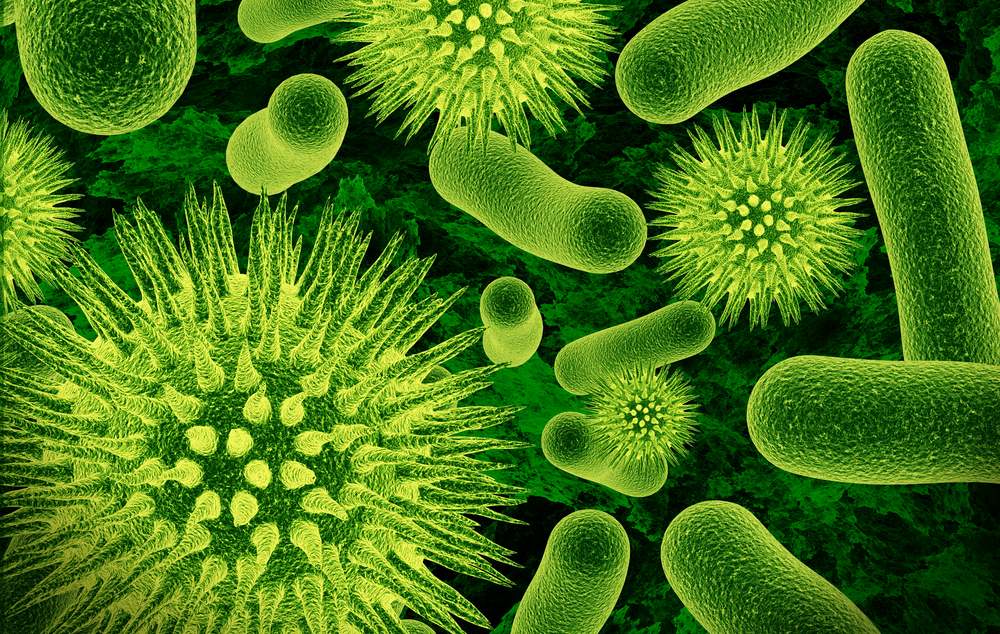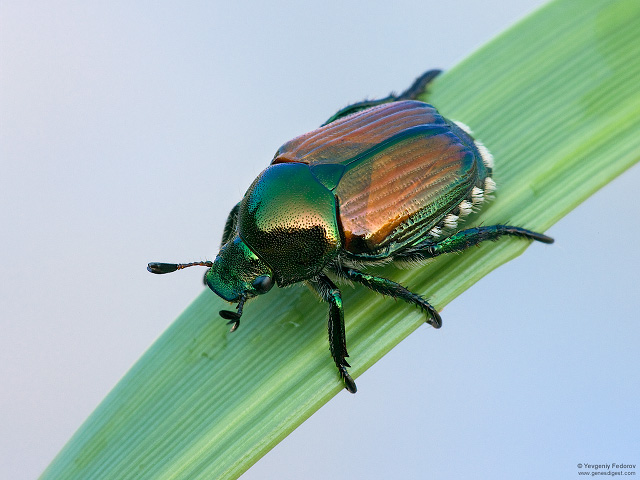Integrating Ecosystem-Scale ’Omics in Microbial Communities.
Soil is a complex ecosystem with diverse microenvironments ranging from bulk soil with low quality substrates and no or very limited microbial growth, to high quality C-rich environments near decomposing litter and rhizosphere where microbial growth and death rates are high. Soil contains different microbial communities, supports varying microbial activities Read more…


